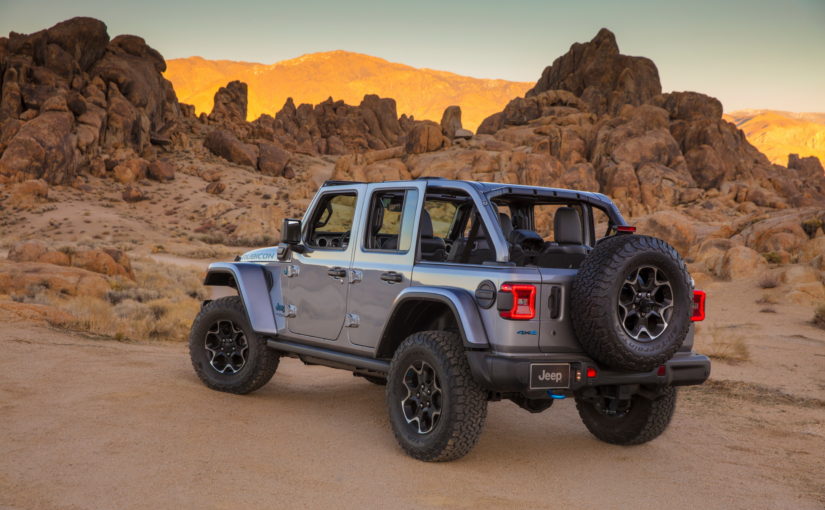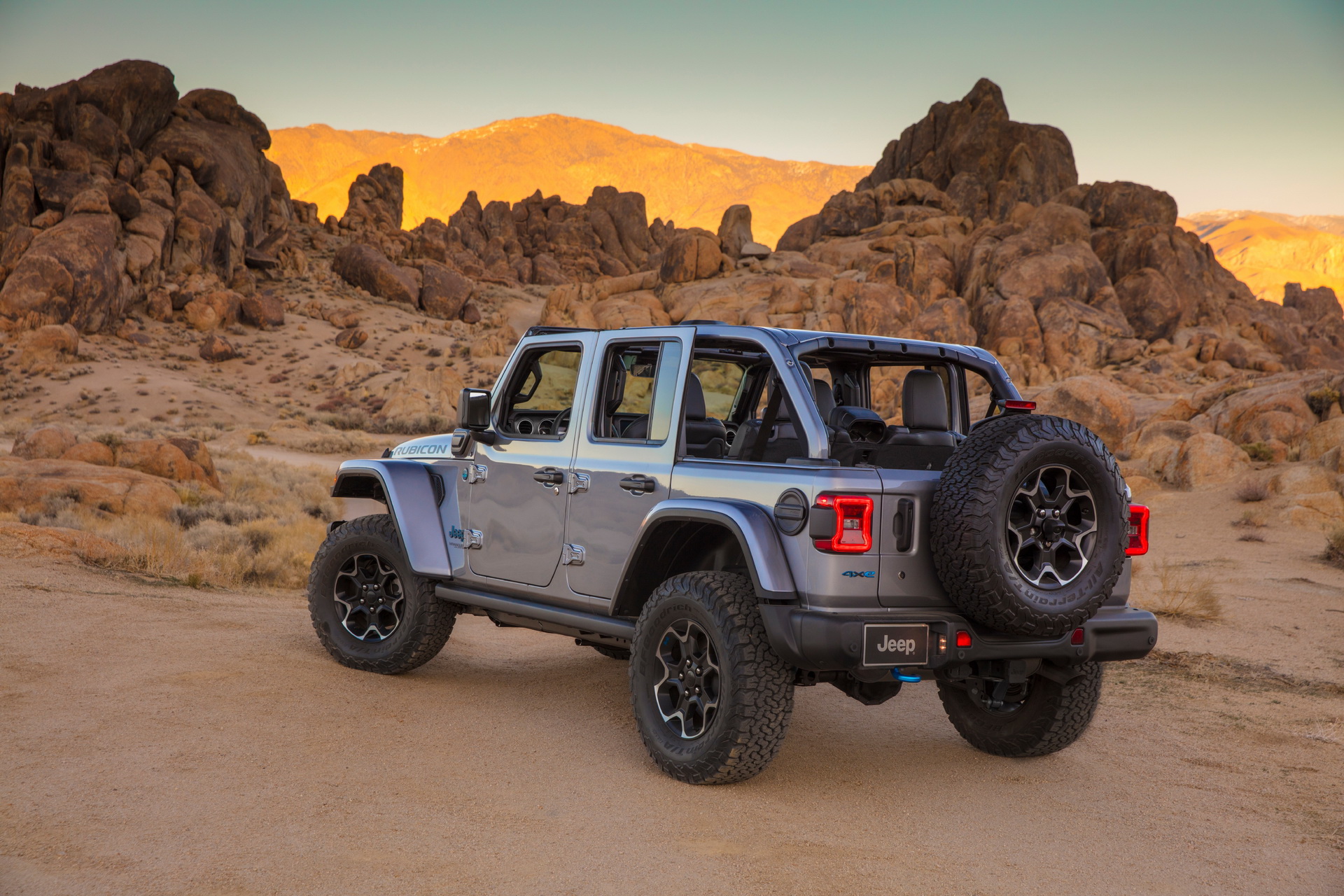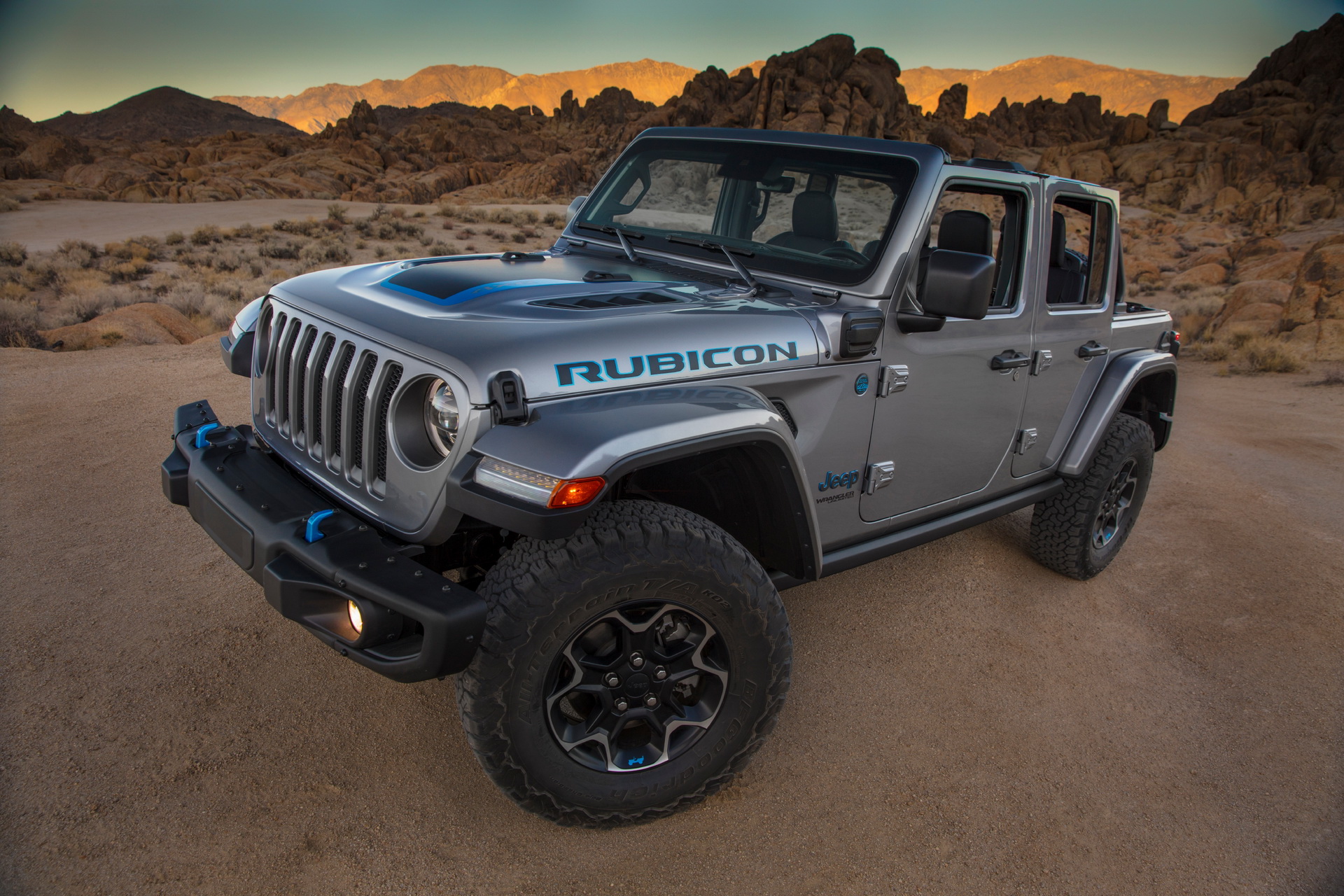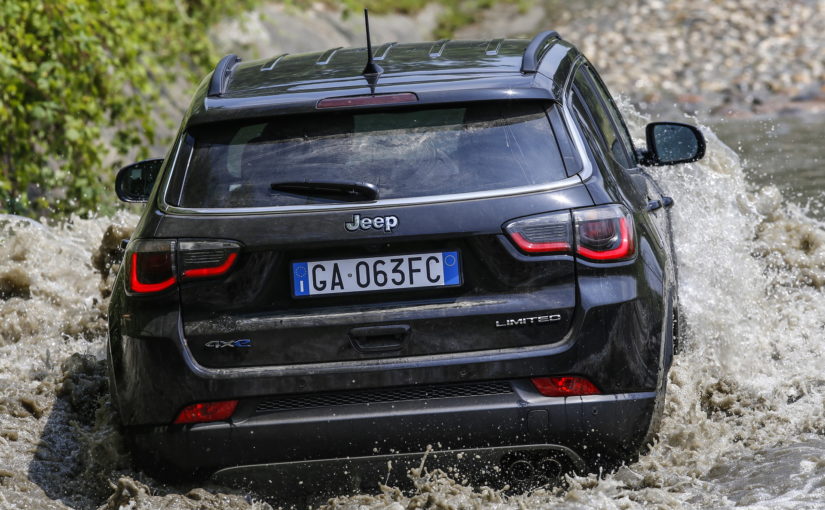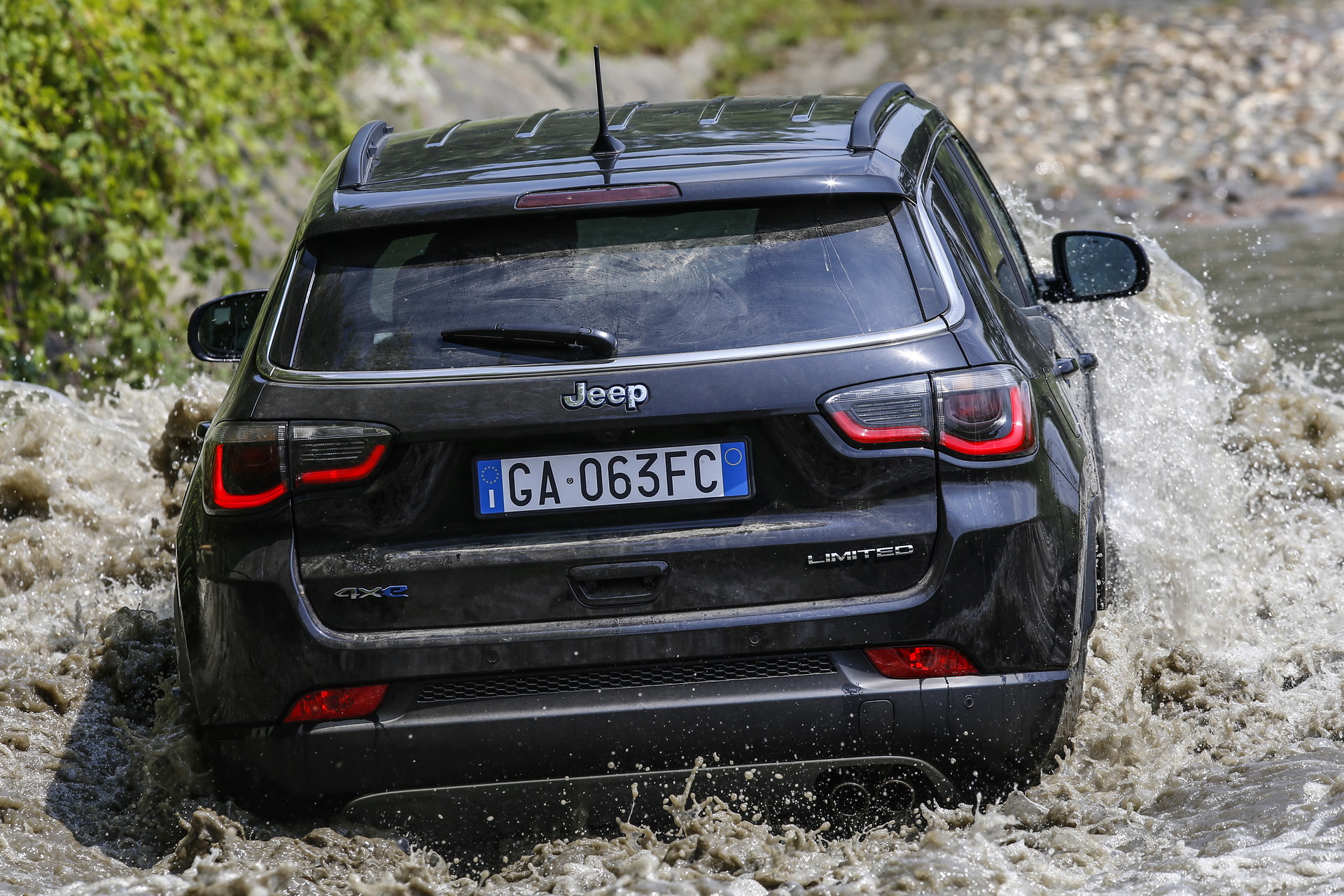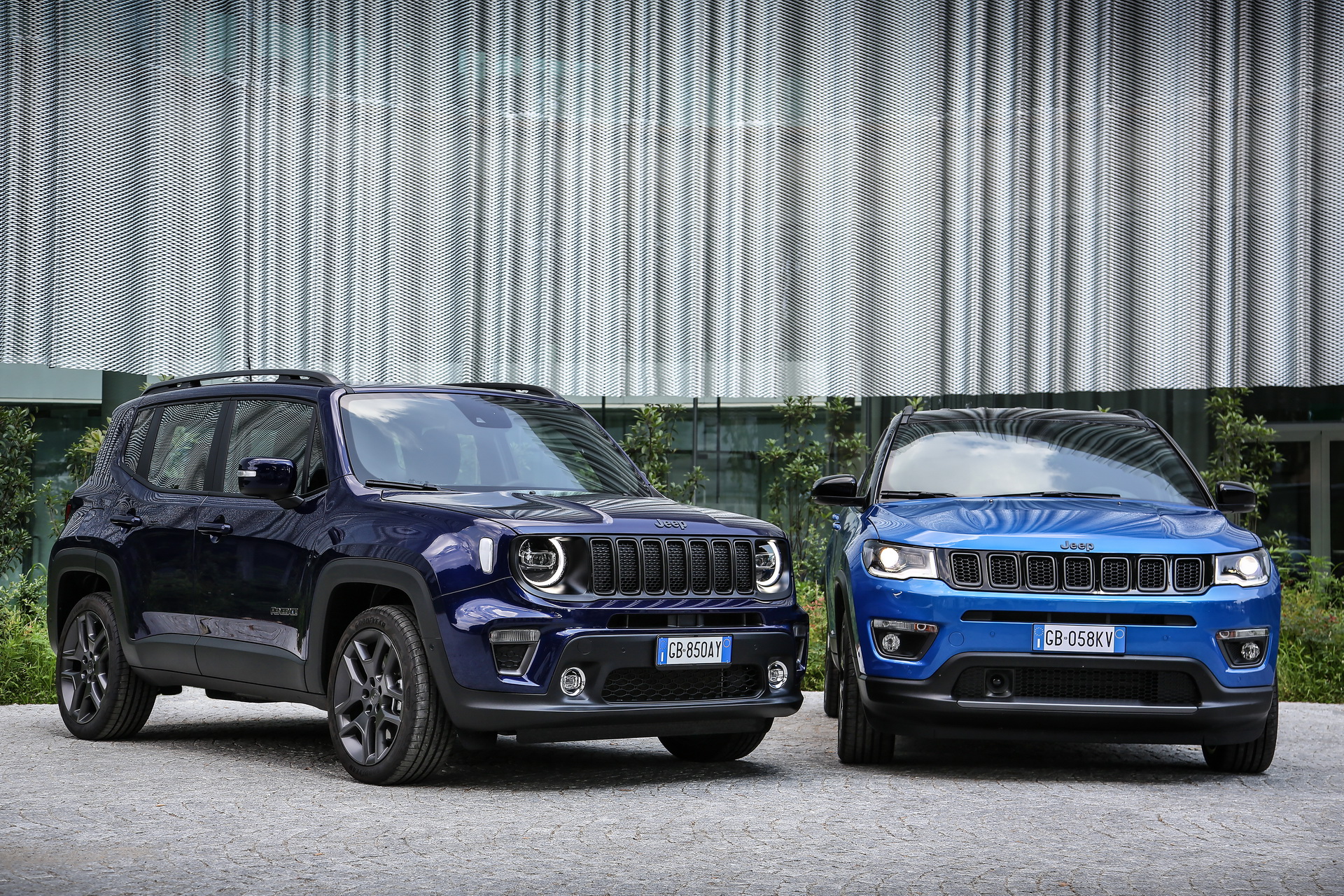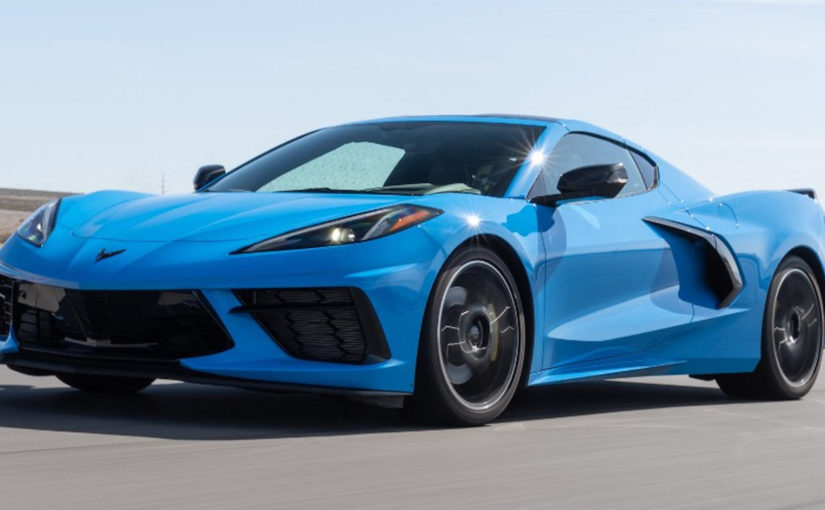Hagerty knows a thing or two about classic cars, so it’s interesting to see which current 2020 models they believe will become future classics.
Unsurprisingly, their so-called Hot List includes a handful of obvious choices. However, it also features models that fly under the radar and a legitimate surprise or two.
Chevrolet Corvette C8
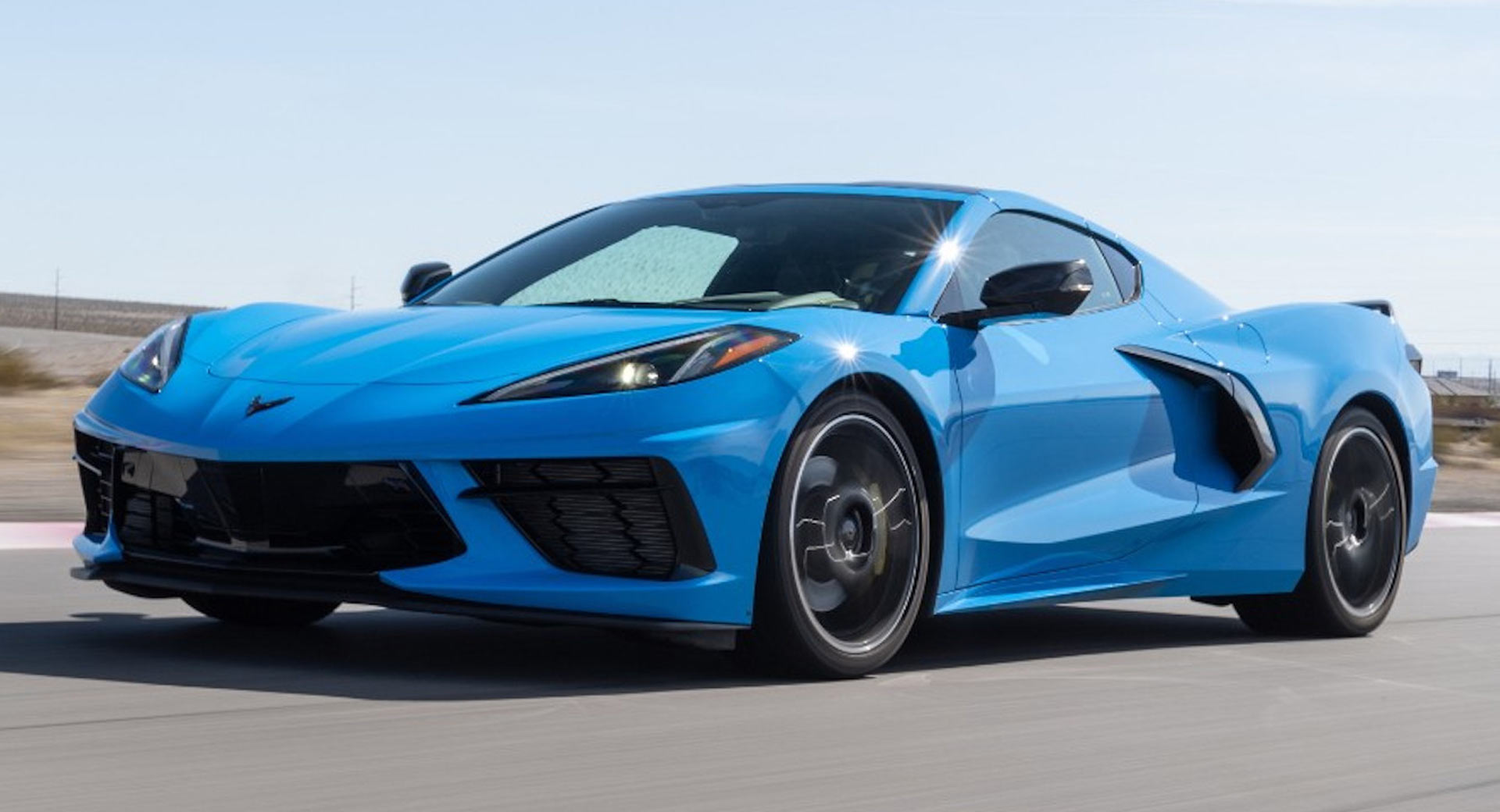
Starting with the most obvious choice, there’s the 2020 Chevrolet Corvette C8. It’s the first mid-engine Corvette ever, it looks great, has a good interior and offers impressive performance.
The latter comes courtesy of a 6.2-liter V8 that produces up to 495 hp (369 kW / 502 PS) and 470 lb-ft (637 Nm) of torque. This enables the model to rocket from 0-60 mph (0-96 km/h) in 2.9 seconds and run the quarter mile in 11.2 seconds.
Besides all that, the 2020 model year C8 will have a relatively limited production run as the model was delayed by the UAW strike and then halted by the coronavirus pandemic.
Ford Mustang Shelby GT500
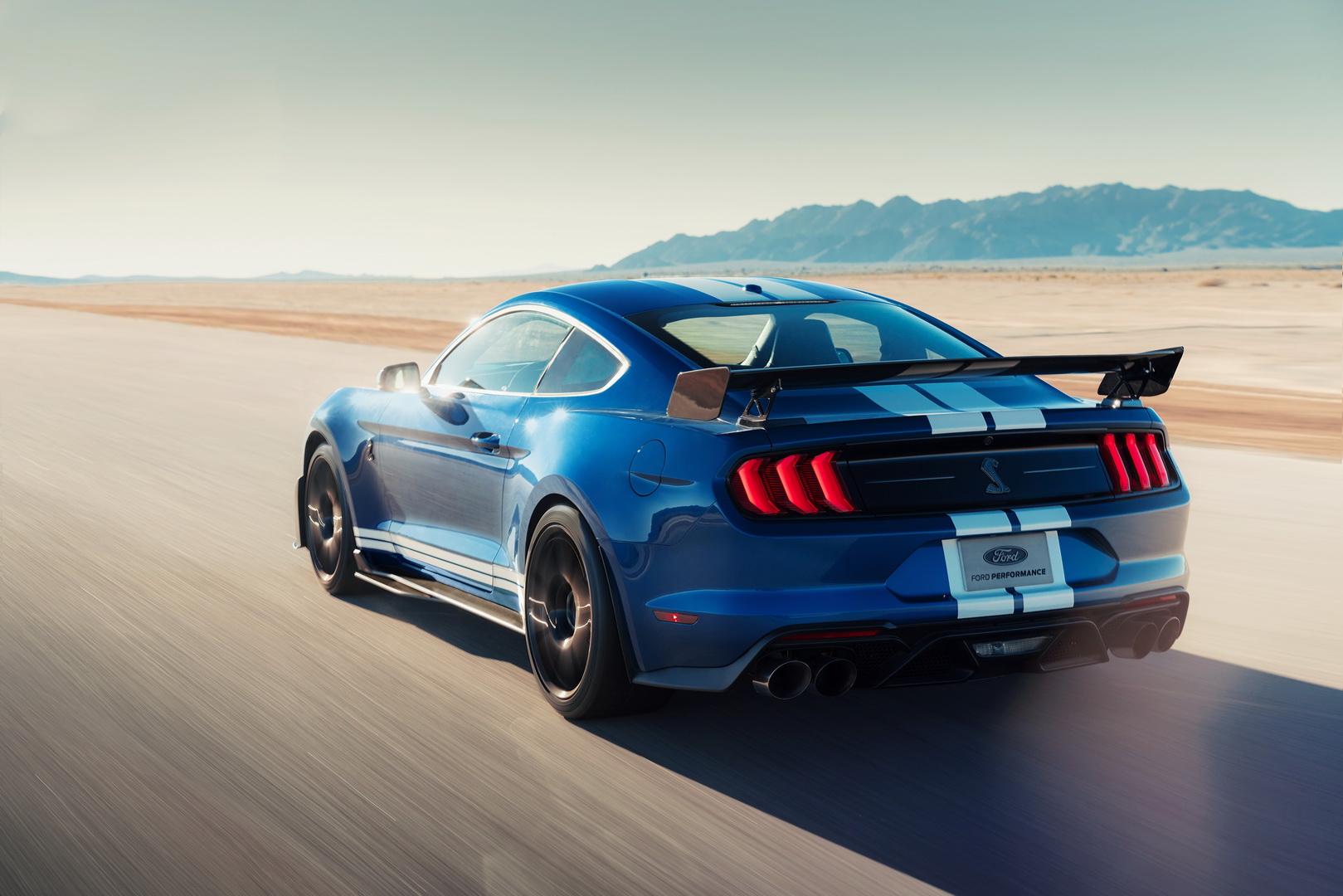
The second model isn’t much of a surprise either as it’s the 2020 Ford Mustang Shelby GT500. It’s the ultimate pony car, packing a supercharged 5.2-liter V8 that develops 760 hp (567 kW / 771 PS) and 625 lb-ft (846 Nm) of torque.
That’s more power than the Ford GT and it enables the GT500 to go from 0-100-0 mph (0-161-0 km/h) in just 10.6 seconds. However, it’s slower to 60 mph (96 km) than the Corvette despite costing more and having significantly more power.
Cadillac CT6-V

The third choice is also pretty obvious, but somewhat easy to overlook. We’re talking about the Cadillac CT6-V which features a twin-turbo 5.5-liter V8 that produces 550 hp (410 kW / 558 PS) and 640 lb-ft (867 Nm) of torque.
While the performance specs aren’t mind blowing, the CT6-V had a short and troubled existence. Throw in the fact that only around 800 CT6-Vs were built, and it’s easy to understand why the model is bound to be an future classic.
Polestar 1
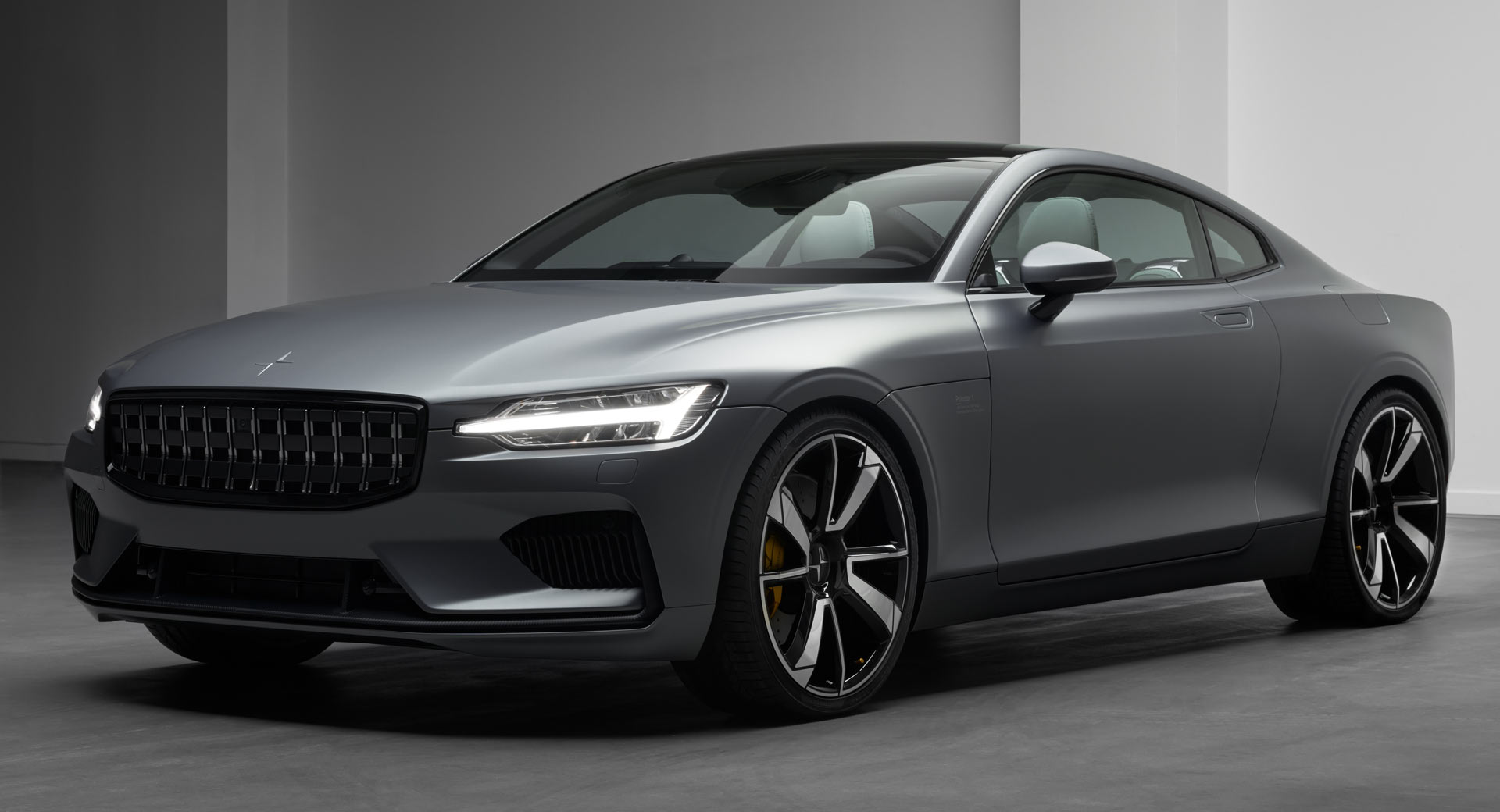
Next up is the Polestar 1. It’s a slightly unusual choice, but it makes a lot of sense when you think about it.
Not only is it beautiful and Polestar’s first production model, but the 1 is a limited edition sports car that has a high-tech powertrain. Power is provided by a supercharged and turbocharged 2.0-liter engine as well as two electric motors.
This setup gives the car a combined output of 600 hp (448 kW / 609 PS) and 738 lb-ft (1,000 Nm) of torque. The 34 kWh battery also enables the coupe to travel up to 77 miles (124 km) on electricity alone in the WLTP cycle.
Jeep Gladiator Rubicon
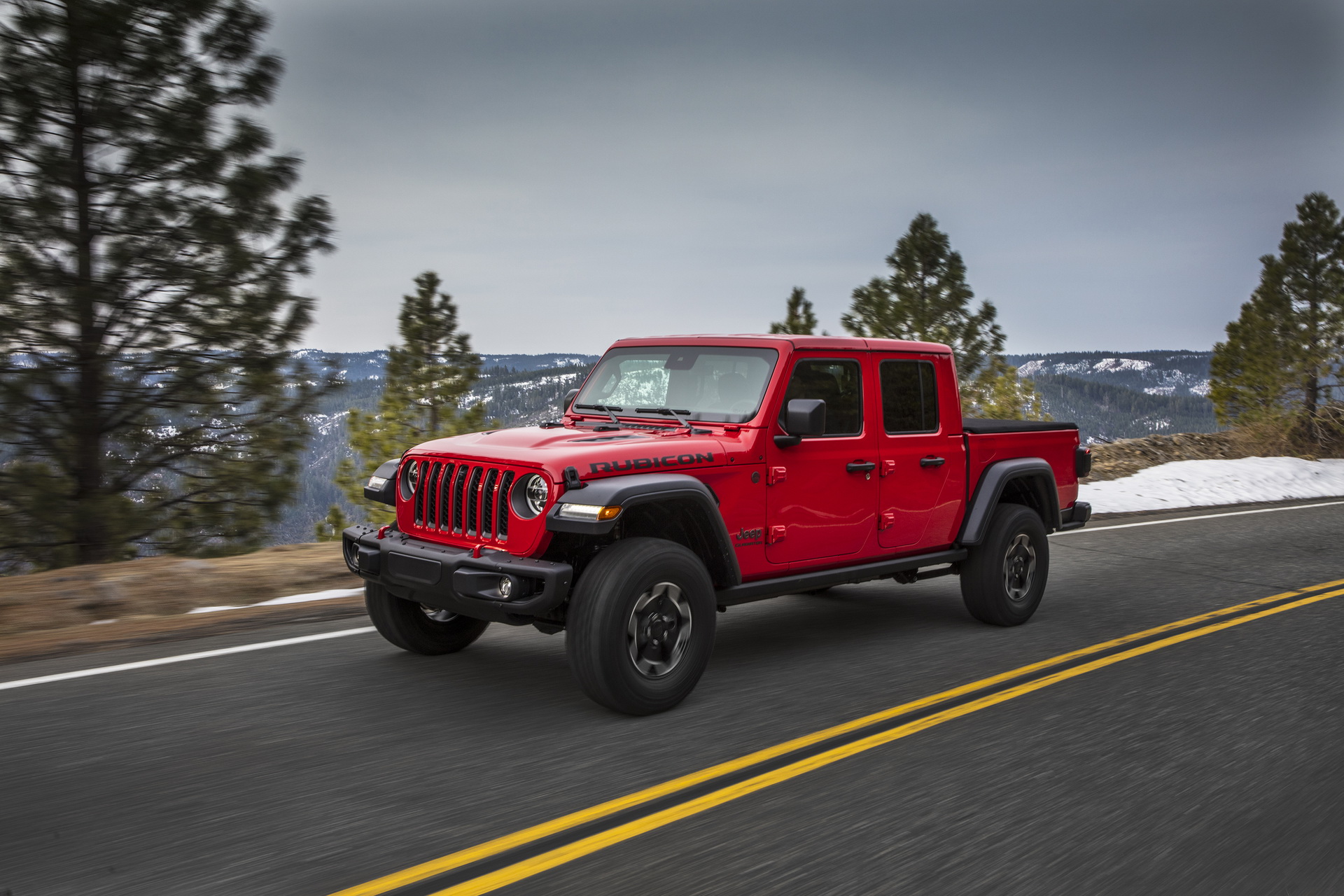
Now here’s a controversial choice we’re not totally convinced will prove to be a future classic. It’s the Jeep Gladiator Rubicon which is cool, but probably not super collectible.
Jeep fans had been clamoring for a pickup for years and things reached a fever pitch following the unveiling of the Gladiator concept in 2005. Their demands were finally answered 15 years later with a production model that features a removable roof and plenty of off-road capability. A future classic though? Only time will tell…
Honda CBR1000RR-R Fireblade SP

Hagerty’s final pick is a surprise as it’s not a car at all. Instead, it’s the Honda CBR1000RR-R Fireblade SP motorcycle.
As you’ve probably guessed, it’s a high-performance bike which offers “exotic construction, racing-derived aerodynamic innovations and wheelie-popping power.” Speaking of the latter, it has a 1.0-liter four-cylinder engine that produces 214 hp (160 kW / 217 PS) and 83 lb-ft (112 Nm) of torque.
So what do you think? Lets us know in the comments below.
